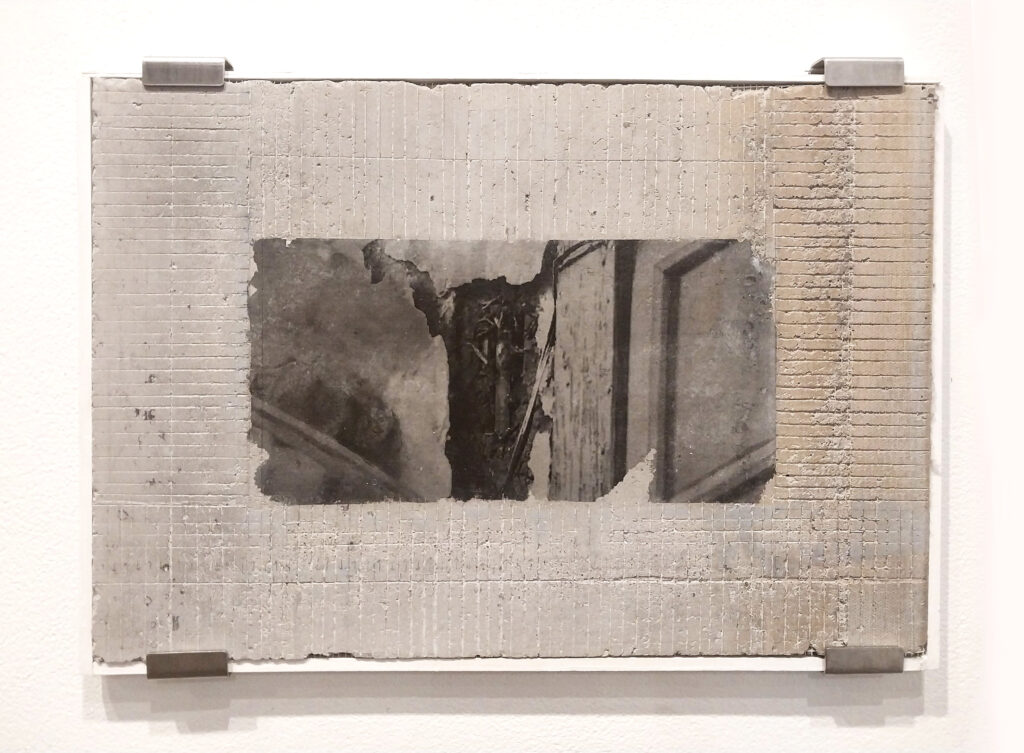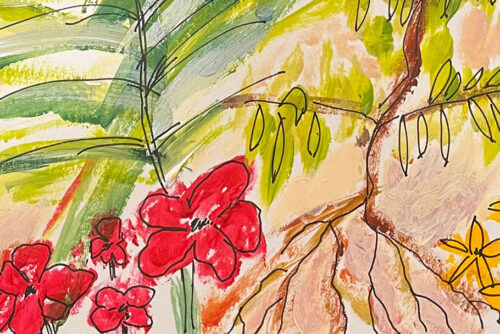1909






Figures 1-4: Installation images of 1909 at the Riverside Art Center, Riverside, Illinois, near Metra station.
Figure 5: Deinstallation of 1909.
Figure 6: One of the reference images for building a hemp Buddha statue. This Japanese-style statue is located at Geum-Jung-Sa Buddhist temple in Busan.
1909 is about meditation on collective memories, displacement, debilitation, and interconnectedness. What do you remember about 1909 and what is your connection with the memory? How is it different from others and what do the disparities of remembrance speak? How do they overlap and affect our current realities? This learning piece echoes the tangled history of transnational sex trades/tourism, colonialism, militarized violence, and control on disabled bodyminds. It was inspired by architectural remnants in Hibarimachi, one of the government-run brothel villages where Japanese migrants efficiently profited and controlled women’s bodies and sexualities, later replicated in and by colonized communities.
The piece was first built with sand, clay, and wood, layered with cotton and hemp cloth. Traditionally, the Buddha statues made with this specific process of filling and emptying to create a form is called Gun-Chil-Beul (건칠불, 乾漆佛). Hemp or 삼베 (麻) in Korean has been used for various places ranging from Buddha sculptures to funeral garments. The form and size was based on the Japanese style Buddha statues that were imported by the Japanese settlers and smaller than traditional Korean Buddha statues.
1909 is when the first government-run brothel village was built in my homeplace; the Kando treaty was signed between China and Japan, which later influenced the writing of the second Russo-Japanese convention; our country lost jurisdictional sovereignty to the Imperial Japan; and Itō Hirobumi, the Japanese prime minister, was assassinated by Korean freedom fighter An Jung-geun at Harbin station. In other parts of the world, Europeans were celebrating the Belle Époque era based on colonization and extraction, Tel Aviv was constructed by Jewish settlers, and many others.
Submerged/ing



“제 1위안소가 있던 건물은 옛날에 조선사람이 여관 하던 자리를 일본사람이 빼앗은 것이다. 그 일대에는 히바리마치(雲雀町)라는 유곽 거리가 있었는데 그곳은 영도다리를 건너 왼쪽으로 500m쯤 떨어진 곳이다.”
The building where the first comfort women station was located was originally owned by a Chosun innkeeper but stolen by Japanese settler. There was a red light district called Hibarimachi, which was 500m left from the Yeongdo bridge.
- From the testimony by Doori Yoon, the only survivor known to work at the first station to hold trafficked Korean women for the Japanese military, or “comfort women,” during the colonial period in Yeong-do.
In 1942 Doori Yoon was trafficked by a Japanese military soldier and forced to work as a comfort woman in Yeong-do. Before then, she was working at a munitions factory. One day, she tried escaping from the station and was beaten by a soldier with a rifle. Despite the injury, she was forced to engage in sexual labor every night until her flesh started rotting. After the war, the brothel owner and soldiers disappeared and the survivors scattered. She reported her story in 1992 and passed away in 2009.
About a month ago, I came across news that the area was at risk of sinking due to reckless tourist hotel construction. During the Japanese colonial period, many parts of the island were reshaped and reclaimed without careful consideration of the surroundings or long-term effects. There are not many written archives or documentations about the site besides the oral testimonies of survivors, community members, and few others. The Japanese-style building that was suspected to contain the trafficked women was crumbling apart and coming down, and people were still living there despite the ongoing hazards. This work is about witnessing the process of deterioration as colonial trauma and amnesia. It is also about blurred boundaries between human and non-human beings under the politics of disposability, profitability, and desirability.



